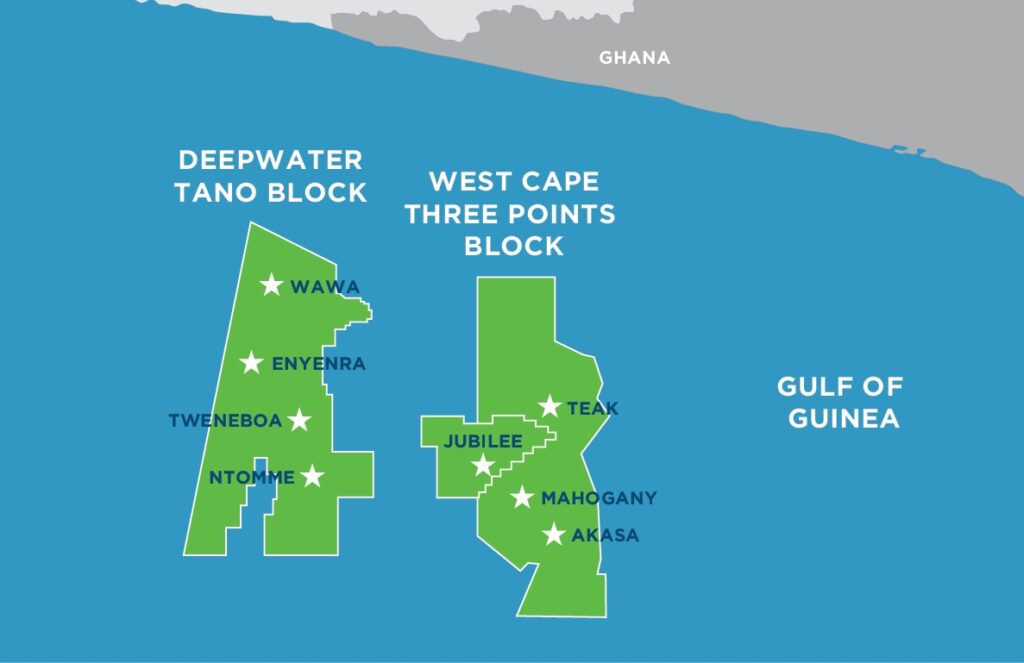Frogtech Geoscience Unveils Product To Solve The Regional Heat Flow Puzzle With TERRAFLUX
Leading Australian geoscience company Frogtech Geoscience has announced the release of TERRAFLUX, an innovative multi-client heat flow product, providing a unique new approach to assess regional heat flow variability for petroleum system modelling.
TERRAFLUX provides a present-day model for basement heat flow derived from Frogtech Geoscience’s well-known, trademark SEEBASE® studies.
Unlike a traditional interpolated grid, TERRAFLUX is derived from the integration and interpretation of spatially-continuous geological datasets such as basement composition, basement terranes, crustal thickness, including Frogtech Geoscience’s SEEBASE® depth-to-basement map.
TERRAFLUX fills the gaps between scattered conventional heat flow data points geologically, resulting in a laterally variable grid that accounts for the effects of contrasting thermal sources, scales, depths and types. TERRAFLUX expands the basin modelling toolbox and constrains 1D, 2D and 3D modelling in underexplored basins.
TERRAFLUX reduces risk for basin and thermal modelling by constraining modelling assumptions to the specific components that contribute to heat flow, i.e., radiogenic heat contribution from basement, mantle input and local igneous activity, assessing and documenting them independently.
Exploration teams, basin modellers and geothermal assessment specialists will strongly benefit from TERRAFLUX’s cost-effective, ready-to-use basement heat flow grid that fast-tracks modelling tasks. Built and calibrated using Frogtech Geoscience’s workflow, tools and databases of basement lithology, heat production and global heat flow, all assessed for quality and reliability, TERRAFLUX is the essential independent and innovative heat flow calibration and benchmarking tool.
TERRAFLUX products are now available for the Gulf of Mexico, South China Sea, North Atlantic and North Sea, Greater Caspian, Black Sea, Onshore North Africa, with additional large undiscovered conventional oil and gas areas, including Guyana-Suriname basin, to be released later in 2017










